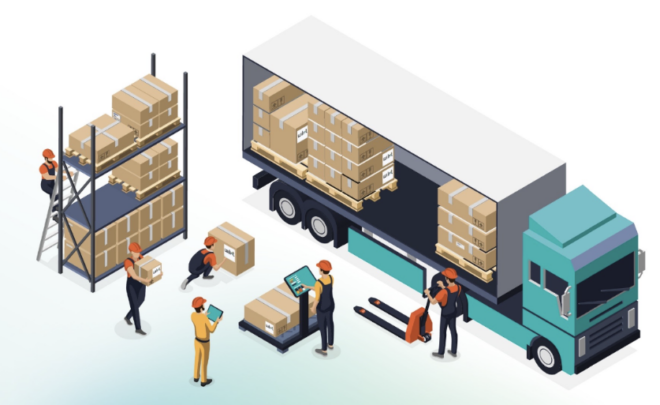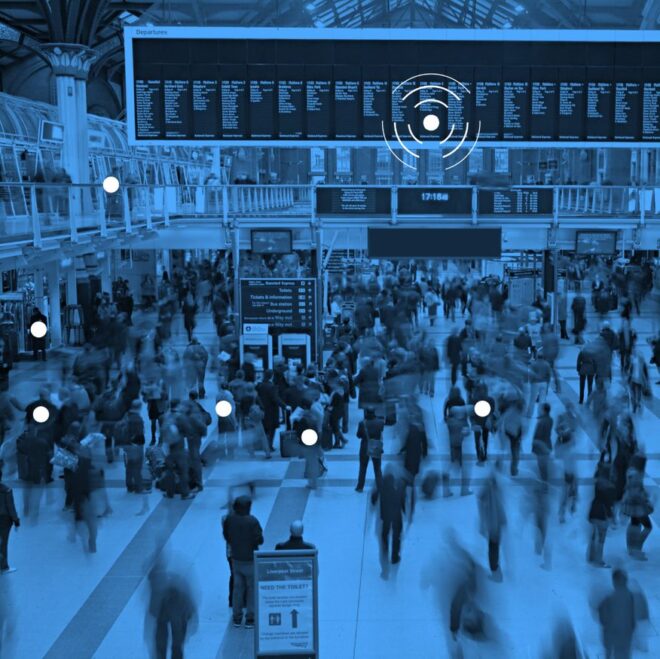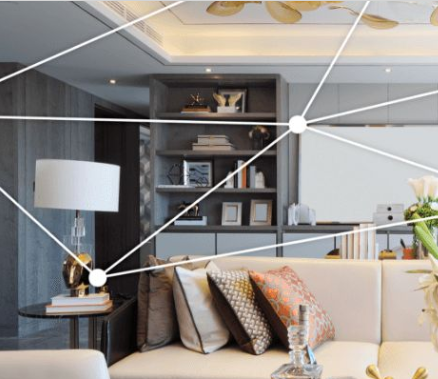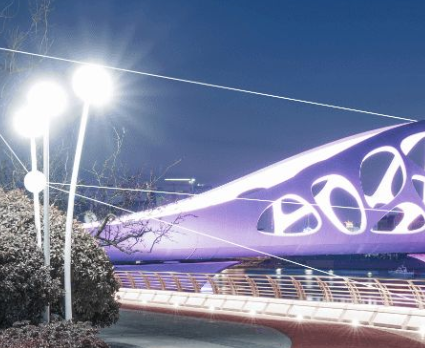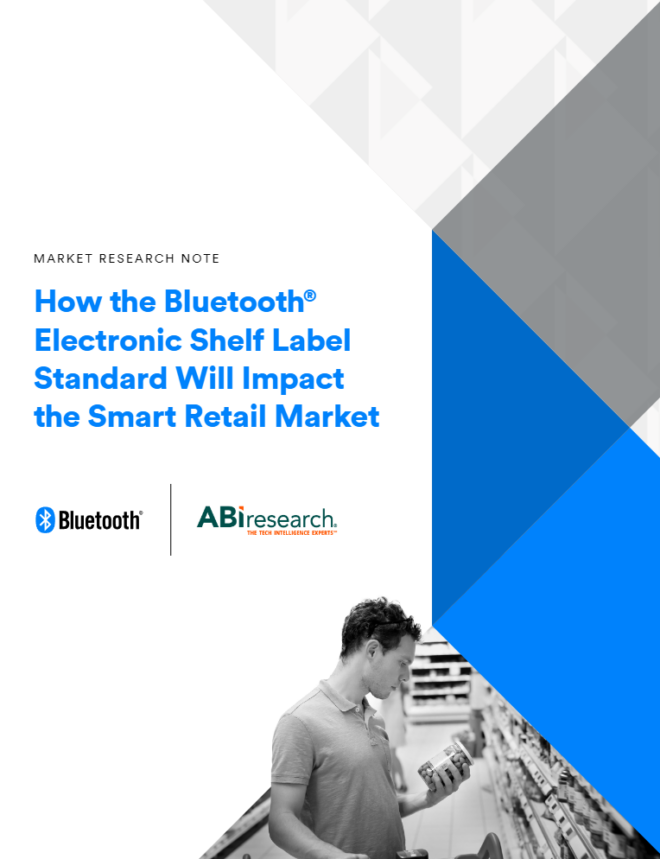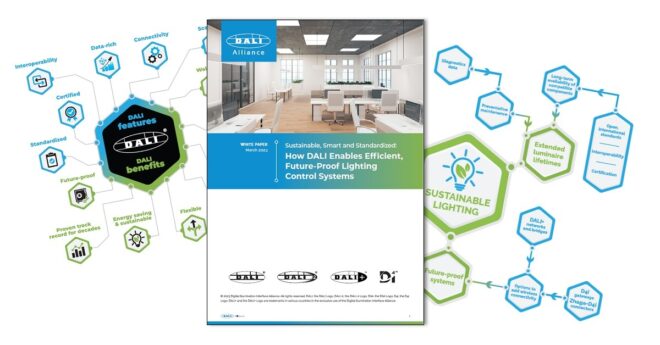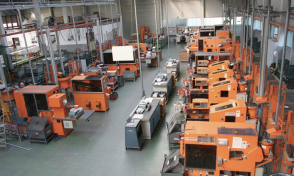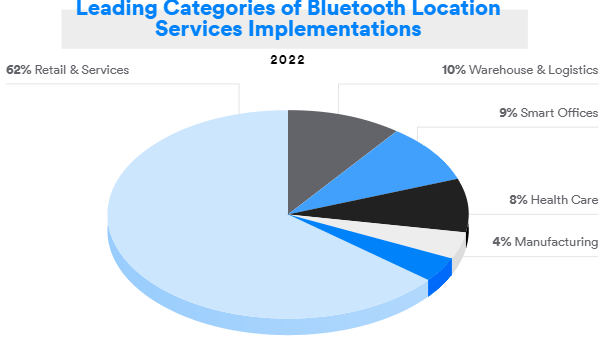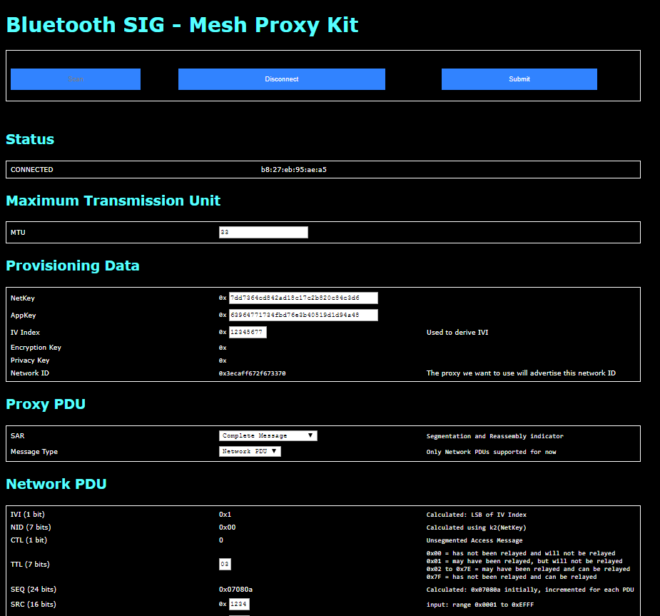A fabless semiconductor company, Atmosic Technologies designs ultra-low-power wireless solutions to dramatically reduce and disrupt device dependency on batteries, aiming to deliver forever battery life and battery-free connected devices for the Internet of Things (IoT). A Bluetooth Special Interest Group (SIG) member company, Atmosic currently offers two fully compliant solutions built on the latest version of the Bluetooth® Core Specification: the M2 Series and M3 Series.
Atmosic’s products enable the IoT device ecosystem — designers and manufacturers, as well as end-users and those responsible for deployments — to lower costs and optimize efforts associated with maintaining the growing IoT ecosystem for the personal, home, automotive, healthcare, industrial, enterprise, and smart cities segments.
I recently spoke with Atmosic Technologies’ Vice President of Business Development Srinivas Pattamatta to discuss how they are using the latest Bluetooth technology advancements to optimize power consumption and maximize battery life for innovations across the IoT.
Q&A with Srinivas Pattamatta
Why have you chosen to use Bluetooth technology?
We chose to use the latest version of Bluetooth® technology because of its impressive range, enhanced speed, and bandwidth capabilities. With controlled energy harvesting, we can make the batteries in devices last forever or enable devices to be battery-free. We believe that this latest version of Bluetooth technology is best suited for edge devices that run on battery power, compared to other wireless technologies. Combined with our On-demand Wake-Up technology, our solutions are capable of 100 times lower power.
Can you share more about a project you are currently working on with Bluetooth technology?
Atmosic is focused on driving battery-free and forever-battery IoT solutions that address challenges associated with installing and maintaining billions of IoT devices, such as beacons, home and industrial automation controllers, remotes, and asset and fitness trackers. One of our latest projects is a collaboration with Tonly Electronics Holdings Limited to develop a Bluetooth® Low Energy (LE) module, the TBMO2. The module will allow Atmosic’s M2 series to enable companies to more quickly and easily develop connected devices with low-power and wake-up technologies. This module is ideal for a number of cutting-edge devices, including wearables, consumer electronics, medical applications, logistics and tracking sensors, building and environment monitoring applications, and much more.
How will this project influence other implementors?
Atmosic’s M2 and M3 solutions enable extended battery life and battery-free operation for IoT devices used for a wide variety of applications. Our M3 solution holds added controlled-energy-harvesting capabilities that can harvest energy from RF, thermal, mechanic, and photovoltaic sources, eliminating the dependence on battery power – a true game changer for the IoT market. We are proud to help companies design forever-battery and battery-free devices for a wide range of applications.
With billions of IoT devices in the market, and most of these devices running on some form of battery, the environmental impact of all that battery waste has become a growing problem. At the same time, the financial costs of replacing those batteries are steep and is a significant barrier in the deployment of IoT devices at scale. With Atmosic’s solutions, devices can operate completely battery-free (using energy harvesting technology) or with batteries that last significantly longer, reducing the costs of IoT deployment and maintenance and opening a variety of new use cases.
How does Bluetooth technology help you meet major market challenges?
While we see a growing demand for our technology, there are naturally some design challenges when companies are looking to adopt new solutions in favor of legacy ones. Our goal is to help companies implement our solutions as quickly and easily as possible to accelerate the design process and time to market. Since our products are fully Bluetooth® standard compliant, that significantly helps streamline the design process and ensures that our customers’ end products seamlessly connect with Bluetooth enabled networks and devices around the world.
When do you expect to see market implementations from this project?
We expect to see market implementations in Q3 or Q4 of 2020. Customers are using our solutions for multiple applications like locks, home-automation switches, home-entertainment control, sensing applications, etc.
What role do you see Bluetooth technology playing in emerging markets?
For large IoT deployments, such as those needed in the smart building, smart industry, smart city, and smart home markets, Bluetooth® technology plays a pivotal role in connecting devices at different points in a system. For example, a network of sensors in a factory can communicate with each other using Bluetooth mesh networking technology, enabling everything to communicate with each other, from tracking beacons to security systems to smart lights.
Can you tell us why Interoperability is so critical for this project?
Since Bluetooth technology is one of the most common connectivity standards, companies designing with Atmosic’s solutions can be confident that their devices will be able to communicate with existing and future connected devices and deployments.
![]()
FEATURED PROGRAM
Bluetooth Member Promotion Program
Are you a Bluetooth member designing innovative wireless solutions? You may be eligible to participate in the Bluetooth Member Promotion Program.


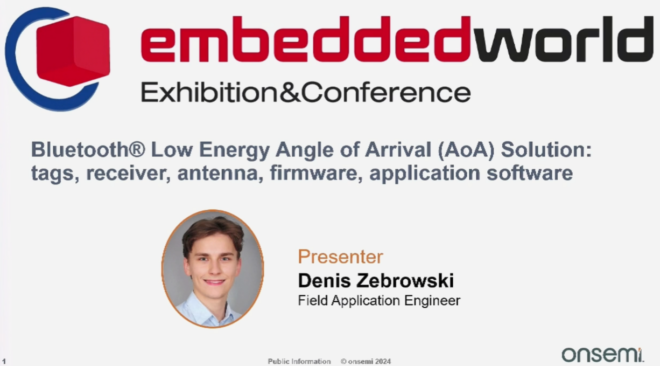
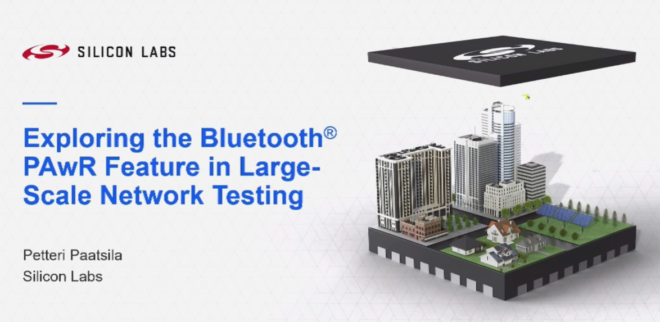


![ABI Growth Chart.png 815076338[1]](https://www.bluetooth.com/wp-content/uploads/2024/03/ABI_Growth_Chart.png_8150763381-660x384.png)
![shutterstock 1653733096[1]](https://www.bluetooth.com/wp-content/uploads/2024/03/shutterstock_16537330961-660x372.jpg)
